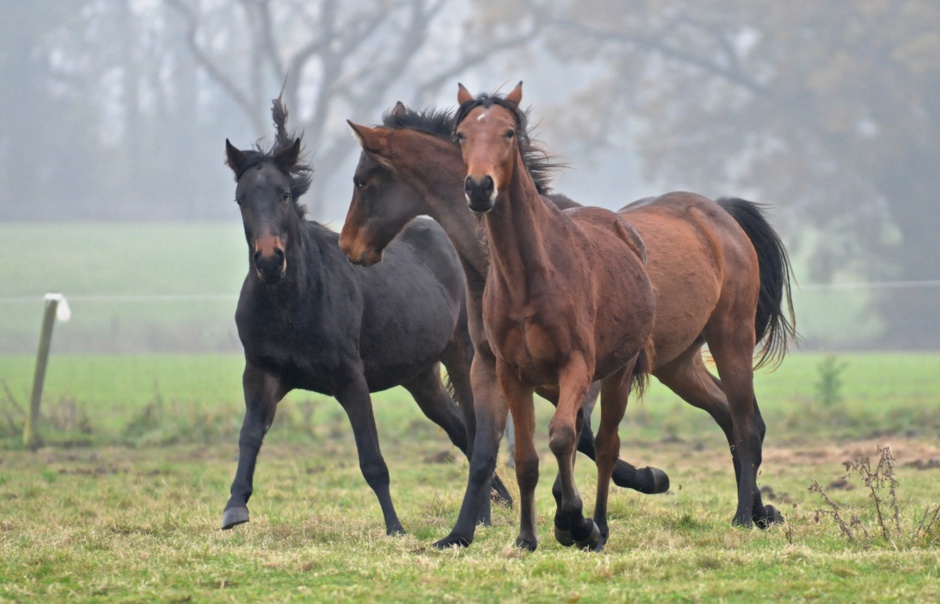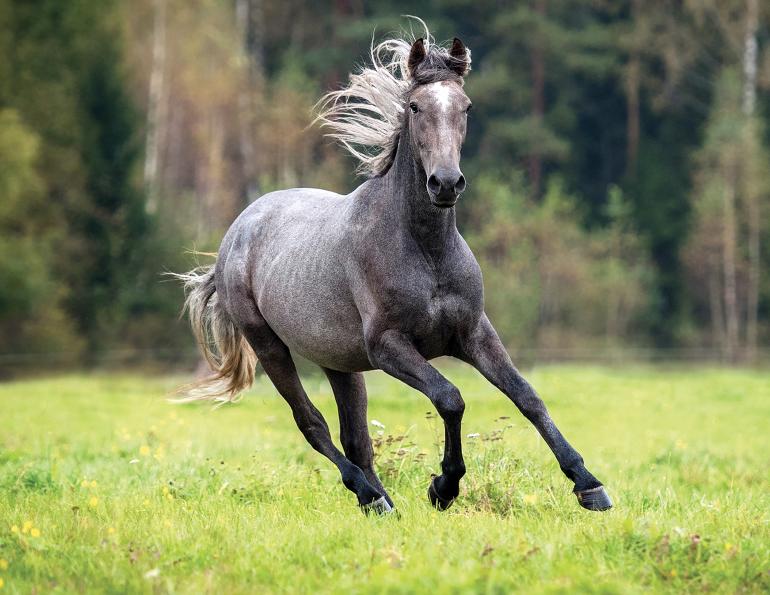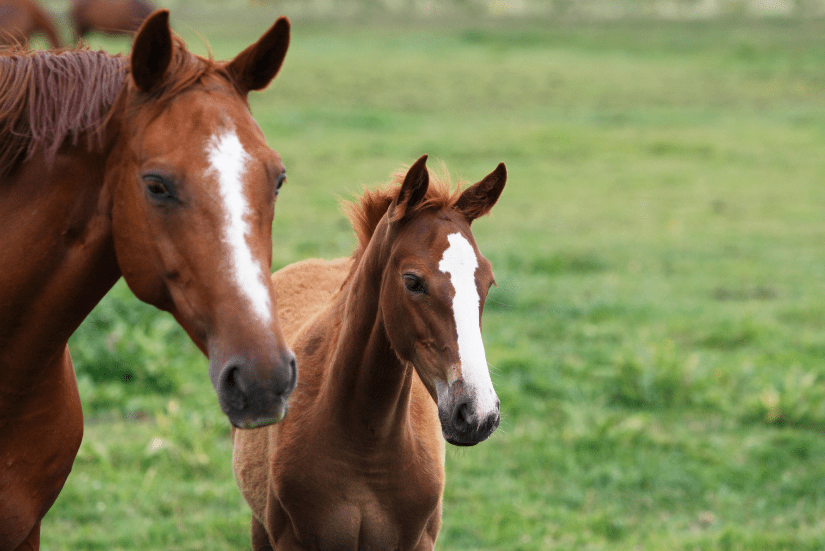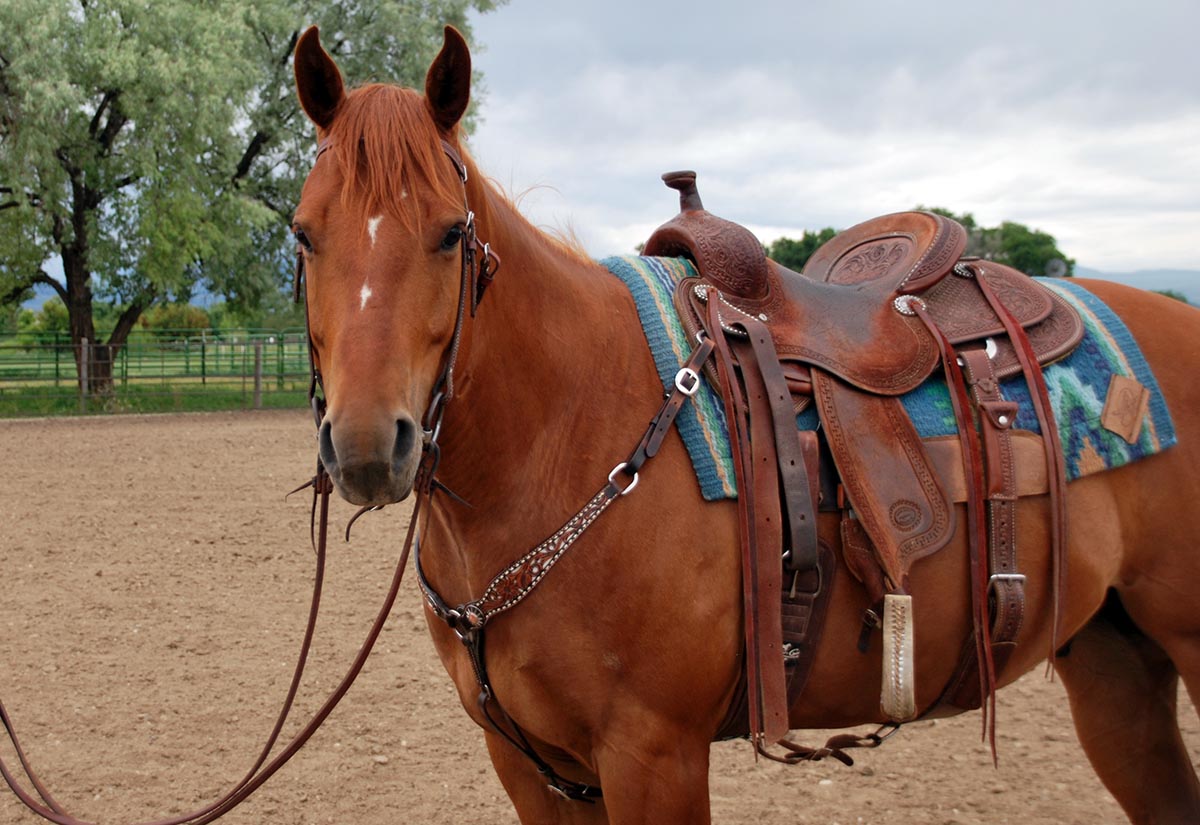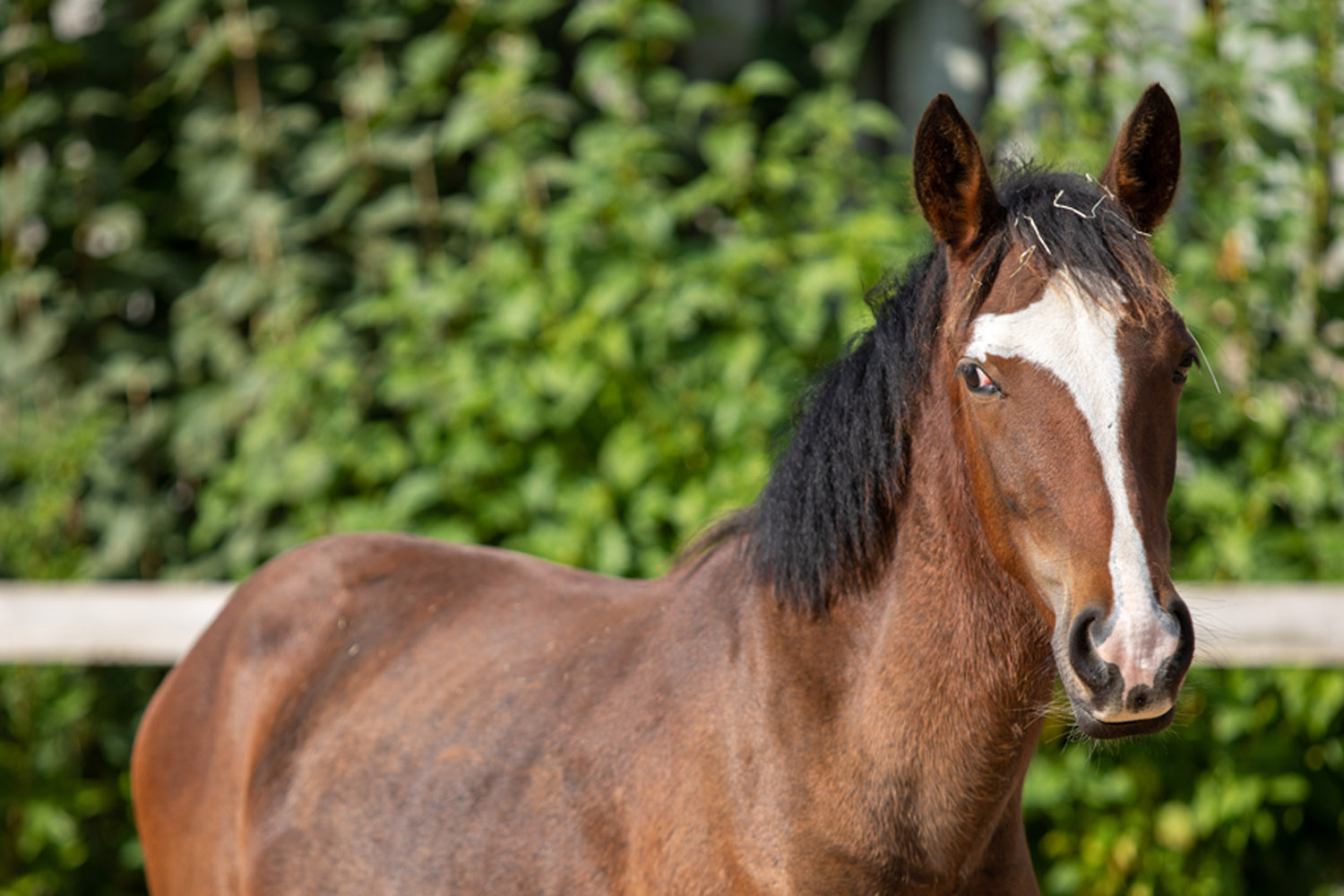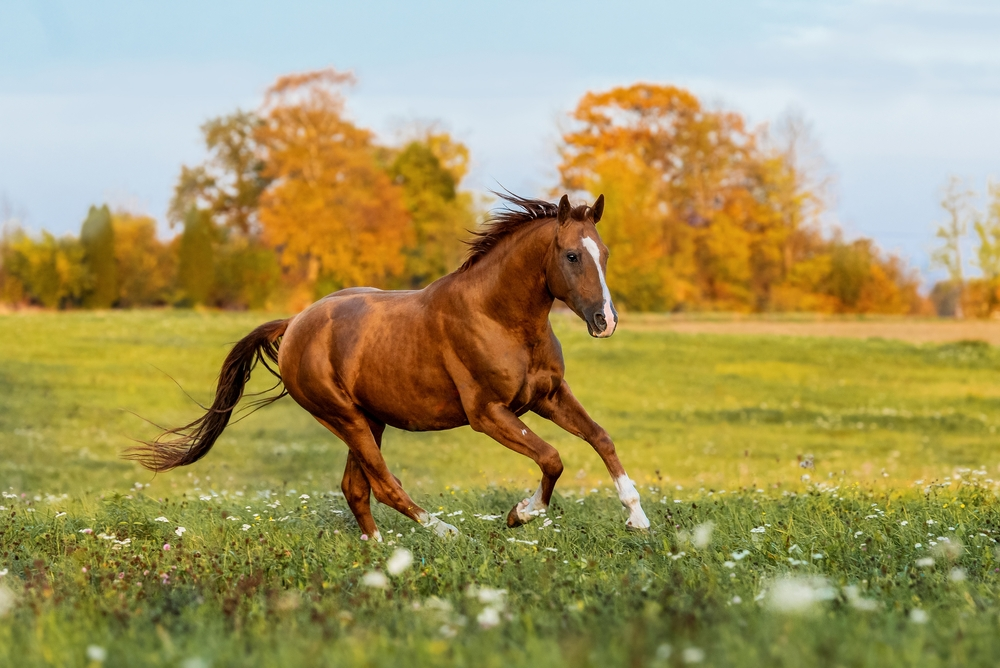Understanding horse behavior is crucial for anyone who spends time around these magnificent creatures. One behavior that often confuses people is tail flicking. This article will delve into the significance of this action in horses and what it could potentially signify.
When it comes to interpreting equine body language, it’s essential to consider the whole picture and not just focus on one aspect. The tail, for instance, can provide valuable insights into a horse’s emotional state.
Decoding the Tail Movements
Tail flicking is often associated with discomfort or irritation in horses. It could be a reaction to flies, a sign of physical discomfort, or an expression of emotional distress. For a more comprehensive understanding of equine body language, consider visiting the RSPCA’s guide on horse behavior.
Interpreting Tail Flicks
While a single tail flick might not mean much, repeated tail flicking could be a sign of chronic discomfort or stress. It’s crucial to monitor your horse’s behavior and consult a vet if you notice any significant changes.
Observing Other Signs
In addition to tail flicking, horses communicate their feelings through various other signs. Understanding these signs can help you ensure your horse’s well-being and comfort.
Equine health is not just about understanding their behavior but also about providing them with the right care. To help maintain strong hooves in your horse, consider using this protective balm. Additionally, you can also use this horse supplement to keep your horse strong and healthy.


